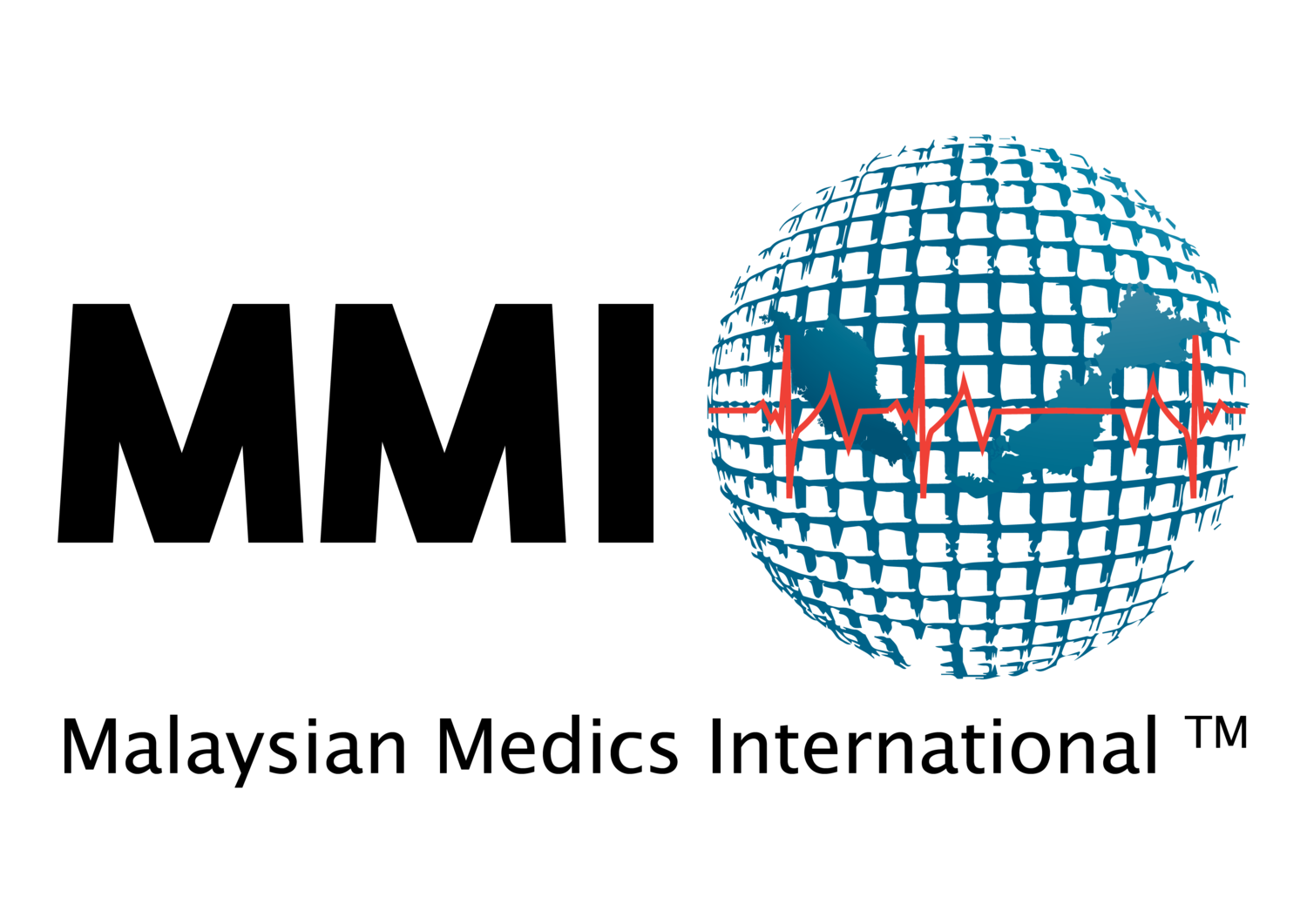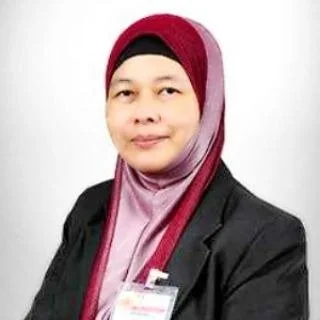“There is no better era to live in if you are passionate about exploring VR/AI in medical education…”
Humans of Medicine #49
This publication is in conjunction with the public health initiative by MMI aimed at fostering digitalisation and entrepreneurship among healthcare leaders, particularly in the aspect of telemedicine. For further information, please visit @mmi_social on Instagram.
Prof. Dr. Zaleha Abdullah Mahdy is an obstetrician and gynaecologist (O&G) with a special interest in maternal-fetal medicine. She is also a Certified Healthcare Simulation Educator (CHSE) and is currently part of a committee in the Universiti Kebangsaan Malaysia (UKM) Faculty of Medicine, aiming to set up a Virtual Reality/Artificial Intelligence laboratory. Since she retired from clinical practice last December, she has now focused on simulation-based healthcare education and training.
Prof. Dr. Zaleha's journey into medical virtual reality (VR) and Simulation-Based Education (SBE) began in 2018, when the Malaysian Society for Simulation in Healthcare (MaSSH) invited her as Dean of the UKM Faculty of Medicine to deliver a plenary lecture on SBE at a conference. A few months later, she was invited by the Obstetrical & Gynaecological Society of Malaysia (OGSM) to participate in their Intensive Course in Obstetric Emergencies (iCOE), where she found herself further immersed in the world of simulation-based training. It was through these experiences that she began to truly appreciate the value of simulation as a tool for teaching and learning knowledge, as well as psychomotor and affective skills in healthcare education.
“Around the time that my term as Dean ended, I researched Education 4.0 and its relationship with simulation, culminating in a review paper – Simulation in Healthcare in the Realm of Education 4.0 – which was published in Sains Malaysiana. The review paper was co-authored with Prof Dr Ismail Mohd Saiboon, a leading simulationist in Malaysia. Writing this review with simulation and educational enthusiasts enhanced my awareness of the potential of both simulation and technology in transforming medical education”, quoted by Prof. Dr. Zaleha Abdullah Mahdy.
This move marked the beginning of an incredibly fulfilling journey with an industry collaborator, Integrasi Erat Sdn Bhd (IESB), to apply for a one million ringgit grant from MOSTI to begin developing VR-based medical education in UKM.
The journey wasn’t without doubt – there were moments where the future of VR/AI in local medical education was uncertain. The biggest hurdles were funding, as well as the availability of local technological expertise, as developing such modules requires the appropriate software and enthusiastic IT experts who are willing to think out of the box and unleash their creativity.
In the beginning, before we obtained the grant from the Ministry of Science, Technology & Innovation, MOSTI (MESTECC at that time), we were told by higher institutional authorities that VR technology was expensive, hence not to place our hopes too high in accessing such technology. However, when the grant application opened in early 2019, my team members and I decided to put in our best effort to win the grant, to make our dream come true. The rest is history.
World Academic Congress on Emergency Medicine
Using the grant from MOSTI, we produced a VR model that focused on disaster management. This project made a positive impact on students’ learning in the Emergency Department. In collaboration with our psychiatrists and psychologists, we also looked into the therapeutic potential of VR in cognitive behavioural therapy (CBT) among youths with high functioning autism and obsessive compulsive disorder (OCD). These two proposals won further grants from the Ministry of Higher Education – the TRGS and FRGS grants.
Our project, ‘A Healthcare Virtual Reality Library’, was shortlisted among the top 8 out of nearly 700 entries for the Times Higher Education (THE) Award Asia in 2023, the final round of which was held in Hong Kong.
Throughout the process of working on AI/VR in medical education, I’ve learnt to keep an open mind to work together in collaboration, not in competition, and not in silos – in order to expand the horizons of knowledge and expertise, come out of your cocoon and look around for experts from other professions.
Among the ventures that made an impact on students’ learning, and despite previous challenges, it is with pride as well as with gratitude and humility that I reflect on a project that I completed with Year 4 UKM medical students, comparing VR with a simple task trainer in teaching the mechanism of normal labour. The students were particularly dedicated and diligent in carrying out the project, which won first place in the 2023 edition of the Medical Undergraduate Annual Scientific Research Meeting (MUASRM). The work was subsequently presented at the International Meeting for Simulation in Healthcare (IMSH) in San Diego, USA, and in an online webinar organised by SHAPES, an Asia Pacific coalition of simulation experts, in 2024. This project that I carried out with my medical students was a turning point as it opened my eyes to the issues of cognitive load in the usage of technology in education. Complex technology, whilst having the potential to facilitate learning, may also impede learning, especially among those who are less familiar with its usage. The applicability, therefore, may be limited, and one should practice discretion and care in choosing a simulation modality.
VR at UKM Expo 2023
As virtual reality (VR) and augmented reality (AR) expand into mixed reality (MR), it is evident that technology is progressing at an impressive pace, and there is no better era to live in if you are passionate about exploring VR/AI in medical education. With an ever expanding list of exciting and promising developments in the field, such as AI-powered virtual standardized patients; XR-based anatomy and surgical simulation; collaborative multiplayer VR training; virtual OSCE with AI proctoring; AI based adaptive learning; and integrating real patient data using AI, I believe that now is the best time to explore AR/AI for medical education.
The increasing prevalence and rapid growth of emerging digital technologies like AI and VR are reshaping the landscape of medical education. In regards to teaching, VR is amazing in making medical education modules scalable, accessible, and sustainable in the long term, although the technological complexity may increase the extrinsic cognitive load or be unfamiliar to the learner; whereas AI has great potential in facilitating the work of the trainer and improving the fidelity of the VR-based simulation. As these technologies continue to evolve, I believe that when combined, VR and AI have great potential in improving fidelity and lowering the cost of medical education in the years to come, provided there is sufficient expertise and funding to design and develop various scenarios for learning. However, amid all the excitement over this new technology, there is an underlying concern that humanistic values may erode, giving rise to a robotic quality of healthcare education.
From the perspective of learning, thus far, at least in Malaysia, the effect is not obvious yet. As the technology advances, we may see increasing dependence on VR/AI as it becomes more available and accessible. What will it do? How will it impact our future healthcare providers? It may not be all negative, as the visual, conceptual, and psychological fidelity of the VR/AI-based simulation scenarios improve, as technology becomes more humanoid in quality.
All of this leads to one takeaway: remember that a doctor’s role in medicine is not limited to clinical practice and biomedical science. The sky is the limit where collaborative potential is concerned. Always keep an open mind to cooperate with experts beyond your field, and you might find new passions, interests, and motivation across the borders of medicine and healthcare. This will open the door to progress. Always be ready to embrace change, as change is the new currency in your profession.





